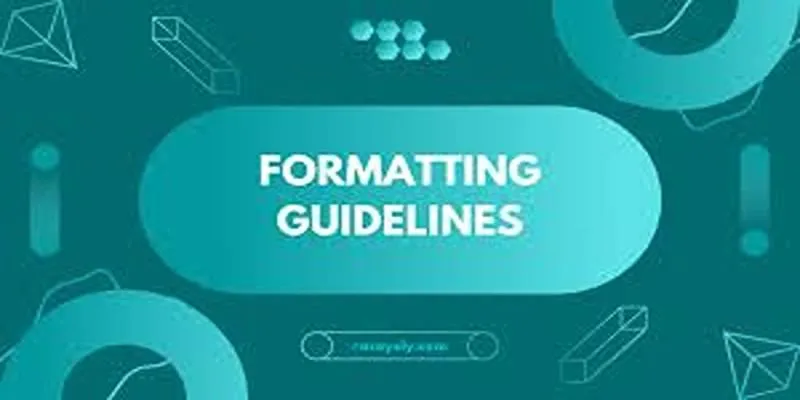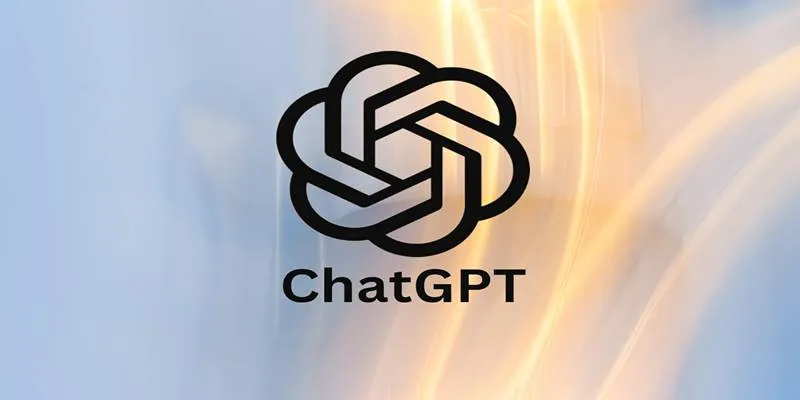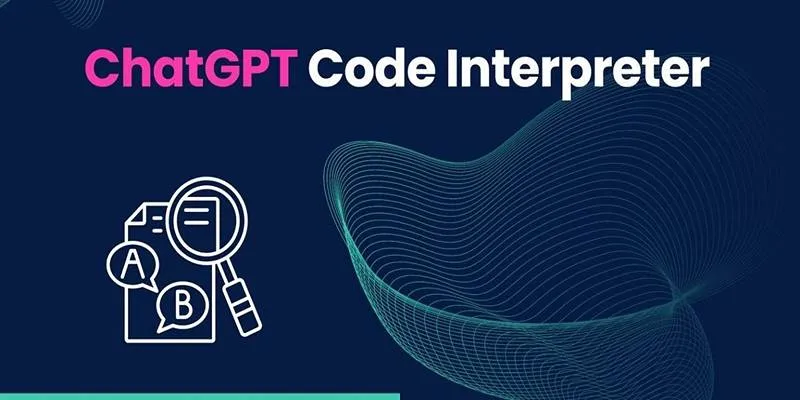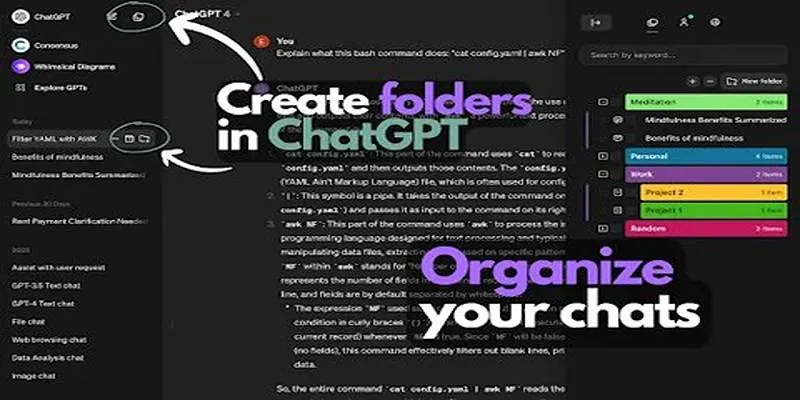Writing academic essays and conducting research can often feel overwhelming for students, professionals, and researchers. The process typically involves crafting a strong thesis, gathering reliable sources, structuring coherent arguments, and ensuring polished, academic language. With the increasing pressure to produce high-quality content, many are turning to digital tools to enhance productivity. Among these tools, ChatGPT stands out as a powerful assistant when used thoughtfully and ethically.
OpenAI developed ChatGPT, a conversational AI that can assist with various aspects of academic writing. ChatGPT can simplify tasks such as topic generation, outline organization, and essay drafting and editing. This post explores how ChatGPT can be effectively utilized as a writing companion for research and essays while preserving academic integrity.
Using ChatGPT for Topic Selection and Refinement
Choosing a focused and meaningful research topic is the first step in crafting a compelling essay. ChatGPT can support this early phase by suggesting topic ideas within a specific subject area. Whether exploring history, science, social studies, or literature, the model can generate relevant themes and subtopics based on general input.
Beyond surface-level suggestions, ChatGPT can help narrow broad themes into more targeted, researchable questions. It is particularly valuable when academic assignments require precision or when the scope must be constrained to meet word count or deadline requirements. The model also offers alternative angles to approach a topic, making it easier to find a unique or less explored perspective.
Outlining and Structuring Research Papers

An effective outline is essential to academic writing, especially when dealing with complex arguments and multiple sources. ChatGPT helps create structured outlines by organizing thoughts into logical sections such as introduction, thesis statement, background, supporting arguments, counterarguments, and conclusion. It can also propose section-specific goals, allowing writers to better plan the progression of ideas.
By providing a skeleton framework, ChatGPT allows writers to visualize their entire essay before diving into detailed writing. This planning tool is especially useful for lengthy research papers, ensuring consistency in flow and preventing disorganized thoughts.
Planning Research and Identifying Reliable Sources
While ChatGPT does not access or retrieve up-to-date academic articles or peer-reviewed journals, it can still be a helpful tool for guiding the research process. It advises on where to look for credible sources—such as university libraries, government archives, or established journals—and offers tips for distinguishing reliable information from unverified content.
Additionally, ChatGPT can provide overviews of certain academic topics or explain complex concepts in simplified terms. It helps users prepare to conduct deeper research using legitimate external databases. For example, students unsure about terminology or theoretical frameworks can use the model to gain baseline understanding before searching for scholarly references.
Drafting Content and Improving Sentence Flow
Once the outline and research have been gathered, drafting becomes the next crucial step. ChatGPT can assist with composing academic paragraphs by offering support with sentence structure, coherence, and academic tone. For those who struggle with expressing ideas clearly, the model serves as a real- time writing partner, capable of rewording awkward sentences and proposing cleaner alternatives.
Writers can also use ChatGPT to test different phrasings of a sentence or paragraph, allowing them to compare styles and find the most suitable version for their essay. This flexibility makes the drafting process smoother and encourages better engagement with the content being written. Importantly, the model should be viewed as an assistant rather than an author.
Enhancing Language, Grammar, and Academic Style
Many students and researchers face challenges in maintaining a formal academic tone throughout their writing. ChatGPT can help polish drafts by aligning the language with academic standards. It provides guidance on eliminating informal expressions, simplifying overly complex structures, and maintaining grammatical consistency.
For non-native English speakers, this function is especially valuable. It helps ensure that content is not only grammatically correct but also stylistically appropriate for academic environments.
Assisting With Transitions and Paragraph Flow
One common issue in essay writing is weak transitions between paragraphs or sections. A lack of cohesion can make even well-researched essays feel disjointed. ChatGPT supports smoother paragraph development by suggesting transitional phrases, linking sentences, or ways to introduce new sections naturally.
It is especially helpful in argumentative or analytical essays where the logical flow of points is critical. By improving paragraph-to-paragraph coherence, the overall reading experience becomes more persuasive and structured.
Formatting Guidance and Citation Awareness

While ChatGPT is not a substitute for official style guides like APA, MLA, or Chicago, it can offer general formatting advice. For example, it can explain how to structure in-text citations or how to organize reference lists. It can also clarify the distinction between paraphrasing and quoting, helping users avoid unintentional plagiarism.
Users must still manually verify all citation formats using official sources or citation tools, but ChatGPT serves as a good starting point for understanding how academic referencing works.
It’s important to reiterate that ChatGPT cannot generate legitimate references or bibliography entries from real-world sources unless specifically provided with the source information.
Promoting Responsible AI Use and Academic Integrity
Perhaps the most important consideration when using ChatGPT for academic purposes is understanding the boundary between support and substitution. Using the model to generate an entire essay or fabricate research undermines both the learning process and institutional integrity.
Many educational institutions treat this form of misuse as academic dishonesty, with consequences ranging from assignment failure to expulsion. Instead, students and researchers are encouraged to use ChatGPT as a tool to enhance their thinking, not replace it.
Conclusion
ChatGPT has emerged as a versatile tool in the academic space, capable of supporting research and essay writing in meaningful ways. From topic ideation and outlining to grammar refinement and stylistic enhancement, its contributions can help streamline the writing process and improve overall content quality. However, the tool’s value depends entirely on how it is used. When applied ethically and strategically, ChatGPT empowers students and researchers to write with greater confidence, clarity, and structure.
 zfn9
zfn9























